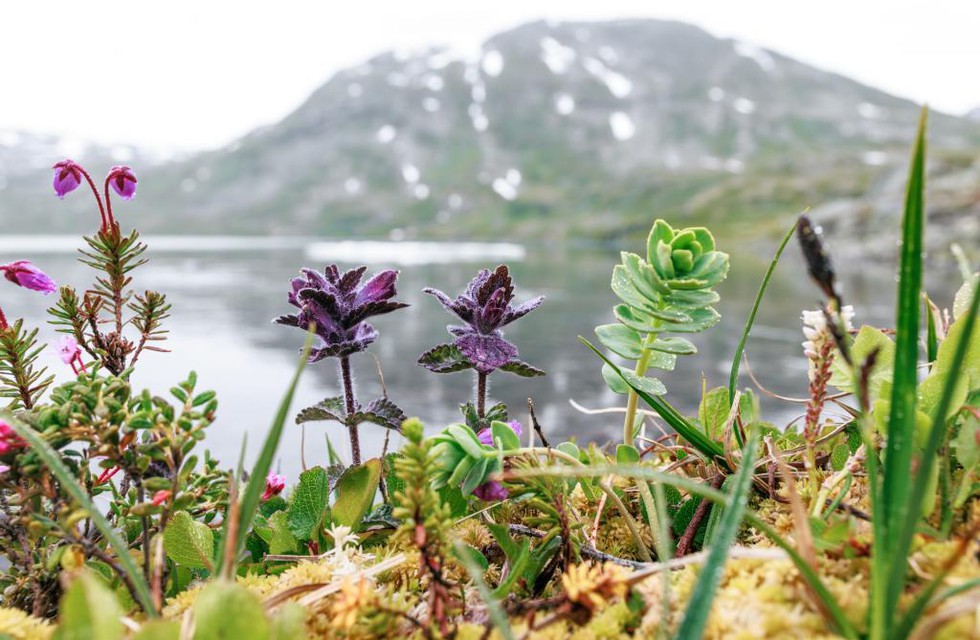Study warns about potential transformation of tundra environments from carbon sinks to carbon sources due to global warming.
Methodology
- Over 70 scientists conducted open-top-chamber warming experiments at 28 arctic and alpine tundra sites for 25 years.
- Open-top chambers simulate global warming by increasing air temperatures passively.
Findings
- Mean increase of 1.4°C in air temperature, 0.4°C in soil temperature, and 1.6% drop in soil moisture led to a 30% increase in respiration during the growing season.
- Increase in activity attributed to both plant and microbial respiration, releasing carbon.
- Tundra regions with higher nitrogen limitations and sites stimulating plant and microbial turnover show more sensitivity to warming.
Global Impact
- Warming rate in tundra biome could reach 0.73°C per decade, surpassing the global average of 0.19°C per decade.
- Earlier findings about global warming’s impact on biogeochemical conditions confirmed.
Long-term Effects
- Ecosystem respiration remains enhanced with continued warming for at least 2.5 decades.
- Nonlinear trend observed over time between 5 and 15 years of warming, followed by a rise in respiration response.
Conclusion
- Detailed understanding of soil nitrogen, carbon, pH, and respiration connections crucial for predicting future warming.
- Inclusion of tundra carbon cycle in climate models can improve predictions.
- Results could enhance accuracy of global and regional climate models predicting carbon emissions.
Multiple Choice Questions (MCQs):
- What experimental method did the scientists employ to simulate global warming in tundra environments?
- A) Closed chambers
- B) Open-top chambers
- C) Underground chambers
- D) Heating lamps
- Answer: B) Open-top chambers
- What was the primary finding regarding the effect of warming on ecosystem respiration during the growing season?
- A) Decrease in respiration by 30%
- B) Increase in plant respiration only
- C) Increase in both plant and microbial respiration
- D) No significant change in respiration
- Answer: C) Increase in both plant and microbial respiration
- What factor makes some tundra regions more sensitive to warming-induced respiration responses?
- A) Higher soil moisture levels
- B) Lower nitrogen limitations
- C) Stimulated plant growth
- D) Higher microbial turnover
- Answer: D) Higher microbial turnover
- How does the warming rate in the tundra biome compare to the global average warming rate?
- A) Tundra warming rate is lower
- B) Tundra warming rate is the same
- C) Tundra warming rate is higher
- D) Tundra warming rate is irrelevant
- Answer: C) Tundra warming rate is higher
- What was observed regarding the long-term trend of ecosystem respiration in response to warming?
- A) Linear increase over time
- B) Nonlinear trend with a constant decrease
- C) Nonlinear trend with an initial decrease followed by an increase
- D) No significant trend observed
- Answer: C) Nonlinear trend with an initial decrease followed by an increase
